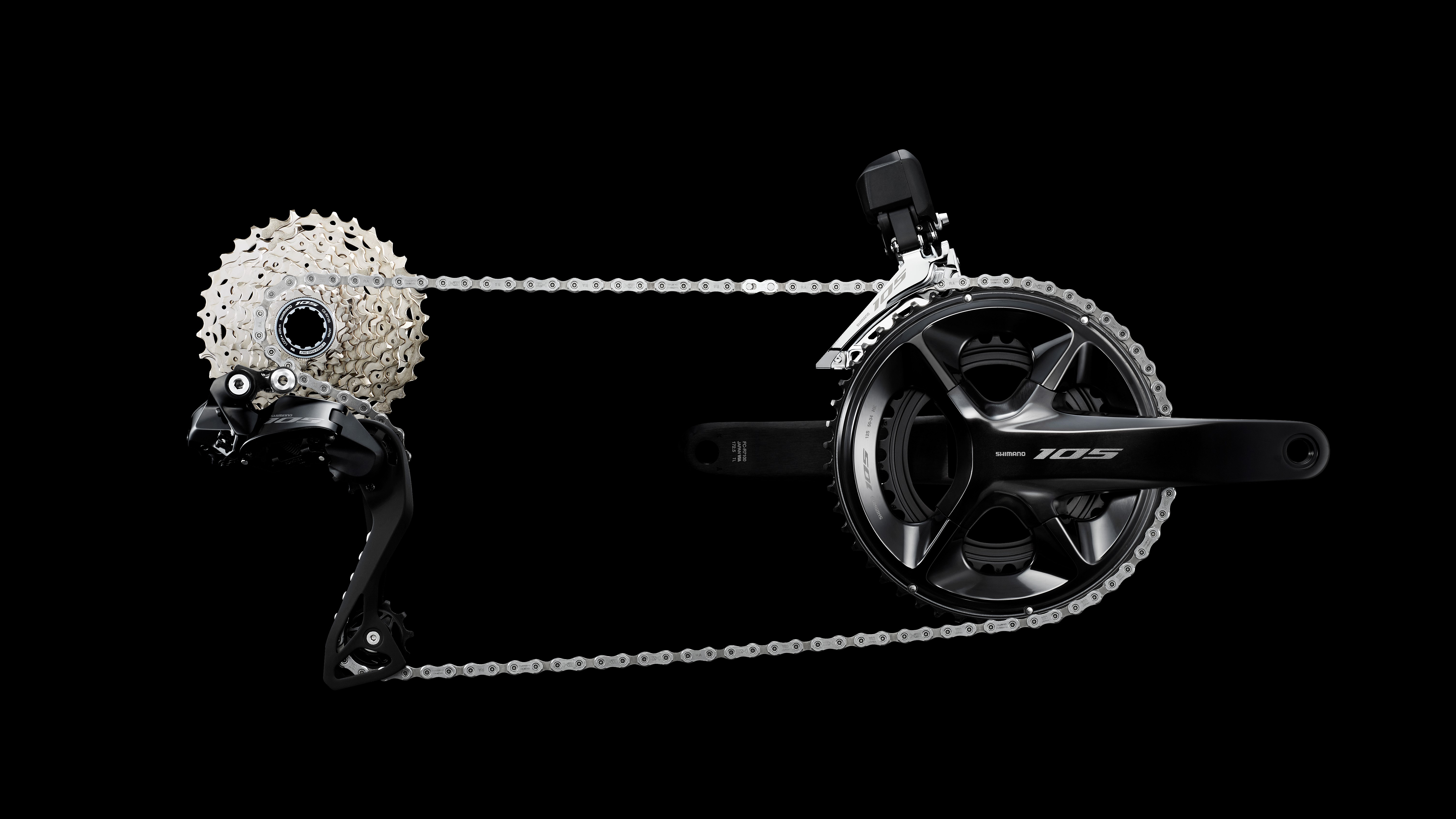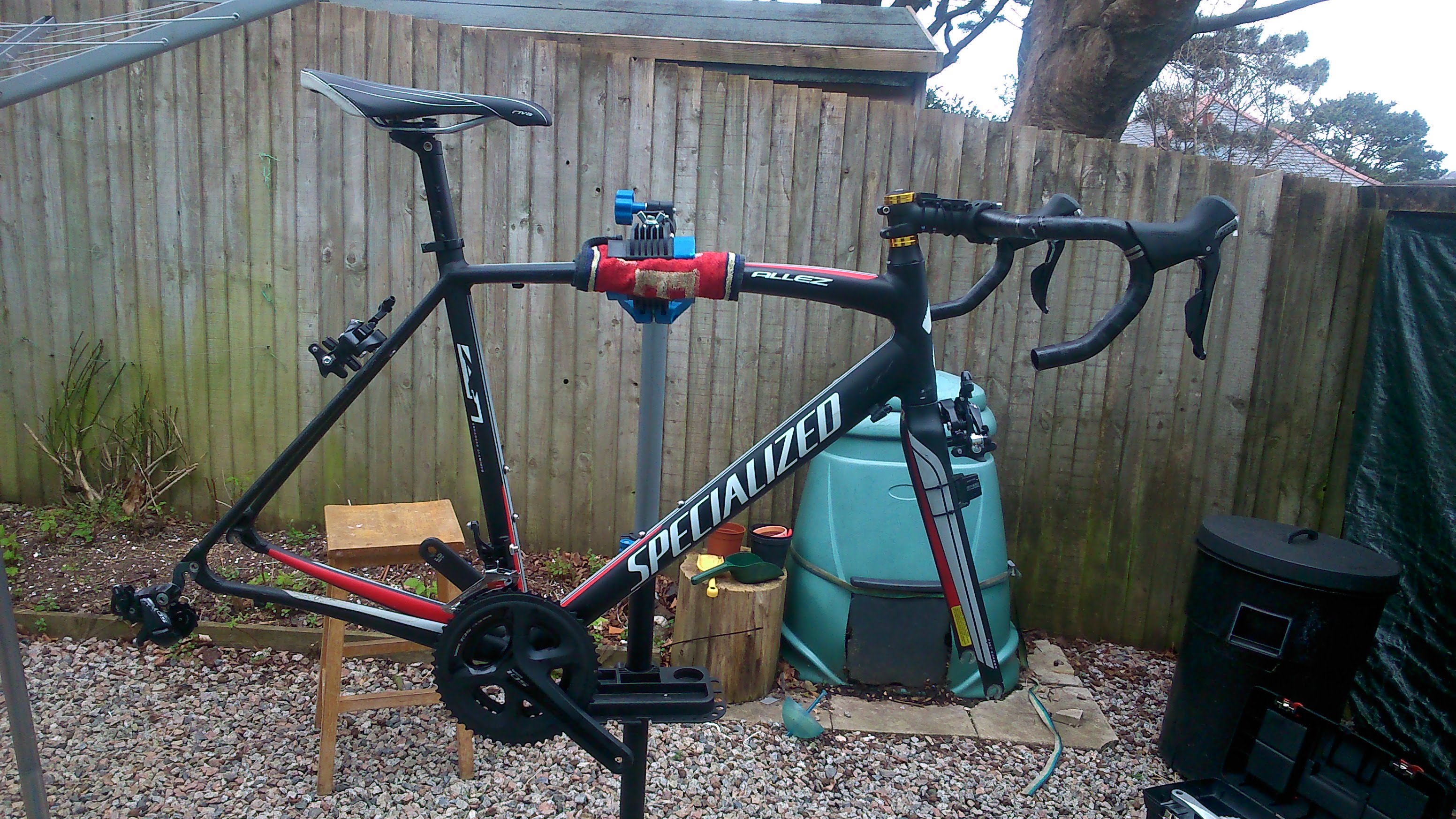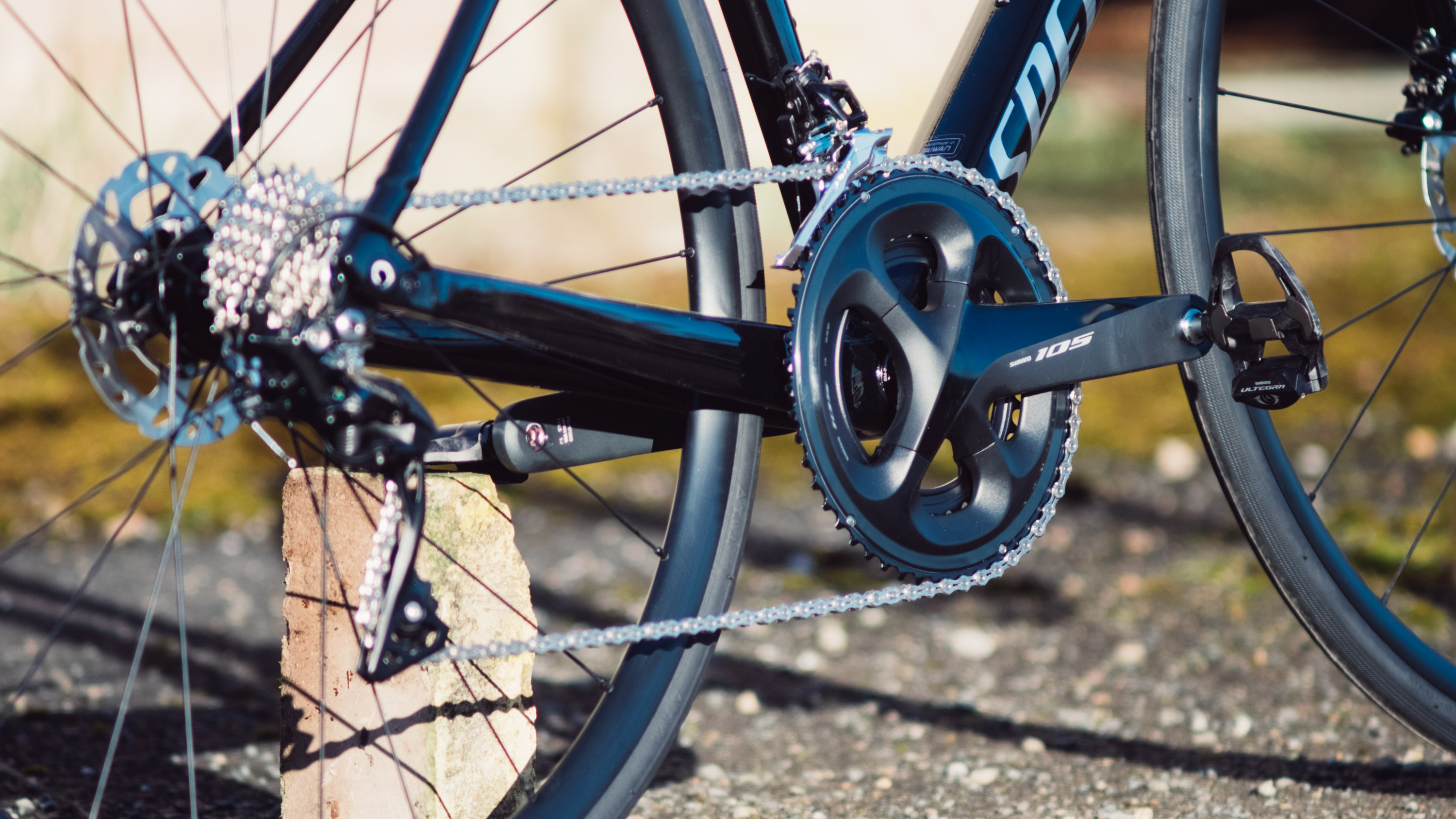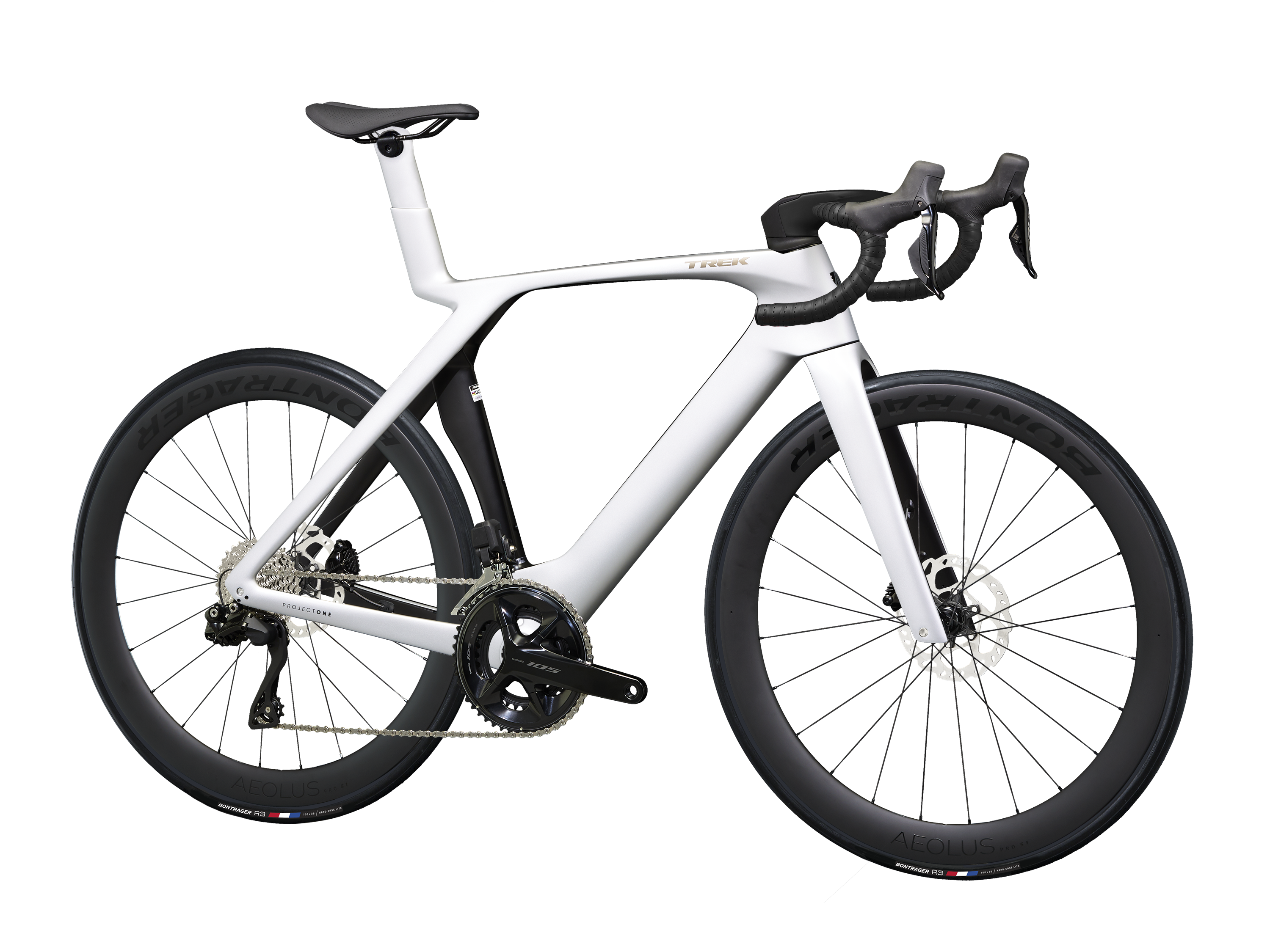Is Ultegra redundant now that Shimano 105 has gone electric?
And is Tiagra now the people’s choice?

There is an upset in the natural order of things. Shimano 105, since its inception, has always been the go-to option for the enthusiast. Those riders who don’t race, but enjoy a fast club ride on the weekend. It’s always been a well-performing groupset, but it’s never been unattainable in price.
The launch of the new 105 Di2, with its all-electric, disc-only option was hailed as electronic shifting for the masses, but with a price tag that exceeds its predecessor by £1,000, it is in my eyes reaching beyond the limits of attainability for the hobbyist and landing it squarely into the realms of competition.
If this is the case, and the performance is on a par with Ultegra, does it leave Shimano with two second-tier groupsets, leaving Ultegra in no-man’s land as the amateur racers' choice that just costs more? And more pressingly, can Tiagra fill the power vacuum and take up the mantle of the groupset of choice for the weekend warriors?

What 105 means to me
My first road bike was a very basic spec 2012 Specialized Allez, decked out with a Sora groupset. I rode it to university every single day, and then after graduating began to ride more for the fun of it. After my first few paychecks, I invested about £500 in my first proper upgrade, a full 105 groupset, 5800-series, the first of the four-arm era. It taught me a great deal about mechanics, but it wasn’t overly difficult to work with thanks to easy-to-live-with standards, and the external cable routing of my Allez. It did transform my old bike from commuter workhorse to what I thought of at the time as a ‘proper’ road bike, and enabled me to enjoy club-level riding a lot more, before it got relegated to the winter bike duty after I later graduated to carbon fibre and Ultegra.
To my mind this is the job of 105 more than any other groupset; to act as a gateway into performance riding for those who want to make the leap. I’m not saying you have to graduate beyond it either, as it’s always been a very capable setup, but it’s there to be the gateway to higher-performers.

Freddo-topping price increase
Every country has their cultural yardstick for inflation. Here in the UK it’s the Freddo bar, a small chocolate bar in the shape of a frog. It used to be 5p, and everyone lost their minds when it went to 10p. We’re currently sitting at around the 25p mark. Just consult the Freddo Index if you don't believe us.
Now I’m well aware of the differences between a small chocolate frog and a bicycle groupset, but the leap in price of the new electronic 105 compared to the old 105 is more than that mind-bending 100 per cent increase in Freddo cost that made a whole nation lose it.
Get The Leadout Newsletter
The latest race content, interviews, features, reviews and expert buying guides, direct to your inbox!
The new Di2 105 is 142 per cent more expensive. A full £1,000 more expensive than the previous £700 generation; the difference alone is enough to buy a perfectly capable budget road bike. I’m aware that being in the position to spend £500 on bicycle components is a luxury not afforded to many, but is at least what a proportion of the riding community would see as a manageable cost. At over £1,700 for the new version, I don’t think it’s too bold to say this puts it out of the reach of a reasonable amount to spend on a hobby for a lot of people, and so, if it’s not for the hobbyists then by default it must be for those already fully invested in cycling, or those with deep enough pockets to stump up the cash.
Is 105 for racers now?
For ease I’m going to use ‘racers’ as not only a term for people who race bikes, but also those members of the cycling community who don’t necessarily race, but are much more into cycling than the norm for the community, and willing to use race-level tech for their regular riding.
Dura-Ace is for the pros, Ultegra for the racers, and 105 for everyone else. That was always the opinion I held when I was younger, riding in a club several times a week. If 105 isn't for everyone else anymore though, then is it for the racers?
On paper, the similarities between the new 105 and the latest Ultegra are pretty striking. Both are 12-speed, both are fully electronic, and offer disc brakes. From what I can tell Ultegra offers a weight saving, but I’d speculate the shifting between the two systems will be comparable outside of a back-to-back environment. The Ultegra brakes have Servowave, a tech from the world of MTB that takes up a greater amount of the pad gap earlier on in the lever stroke, resulting in better modulation, so there’ll likely be a braking performance advantage too, but enough to spend an extra £600 for the privilege? £600 could get you a lot of coaching and nutritional advice, a gym membership, some more aero clothing or finishing kit, or a whole host of other performance upgrades.
This leaves Ultegra caught somewhere between a 12sp electronic shifting rock, and a 12sp electronic shifting hard place. It can’t realistically get more premium without encroaching on the prestige of Dura-Ace, but there isn’t any wiggle room below either now that 105 has upped its game?

Can Tiagra plug the gap?
When I upgraded to 105, it was already 11 speed, whereas the Tiagra 4700 of today is still only 10 speed. It’s a minimal difference given that they both offer comparable gear ranges, but it’s a sign that Tiagra isn’t quite there yet.
I’ve ridden the latest Tiagra, and the shifting is exceptional for the price. It’s on a par with my older Ultegra stuff that’s currently on my fast bike, and considering it has hydraulic discs, it’s easy to see that it probably will soon adopt some tech from the outgoing 105 groupset, and we’d expect it to go 11sp too.
So no, maybe not quite yet, but soon. At £750, it’s already more expensive than my first 105 experience by a noticeable margin, and will likely get more expensive too at the next iteration, so it’s not done and dusted.

Will joined the Cyclingnews team as a reviews writer in 2022, having previously written for Cyclist, BikeRadar and Advntr. He’s tried his hand at most cycling disciplines, from the standard mix of road, gravel, and mountain bike, to the more unusual like bike polo and tracklocross. He’s made his own bike frames, covered tech news from the biggest races on the planet, and published countless premium galleries thanks to his excellent photographic eye. Also, given he doesn’t ever ride indoors he’s become a real expert on foul-weather riding gear. His collection of bikes is a real smorgasbord, with everything from vintage-style steel tourers through to superlight flat bar hill climb machines.